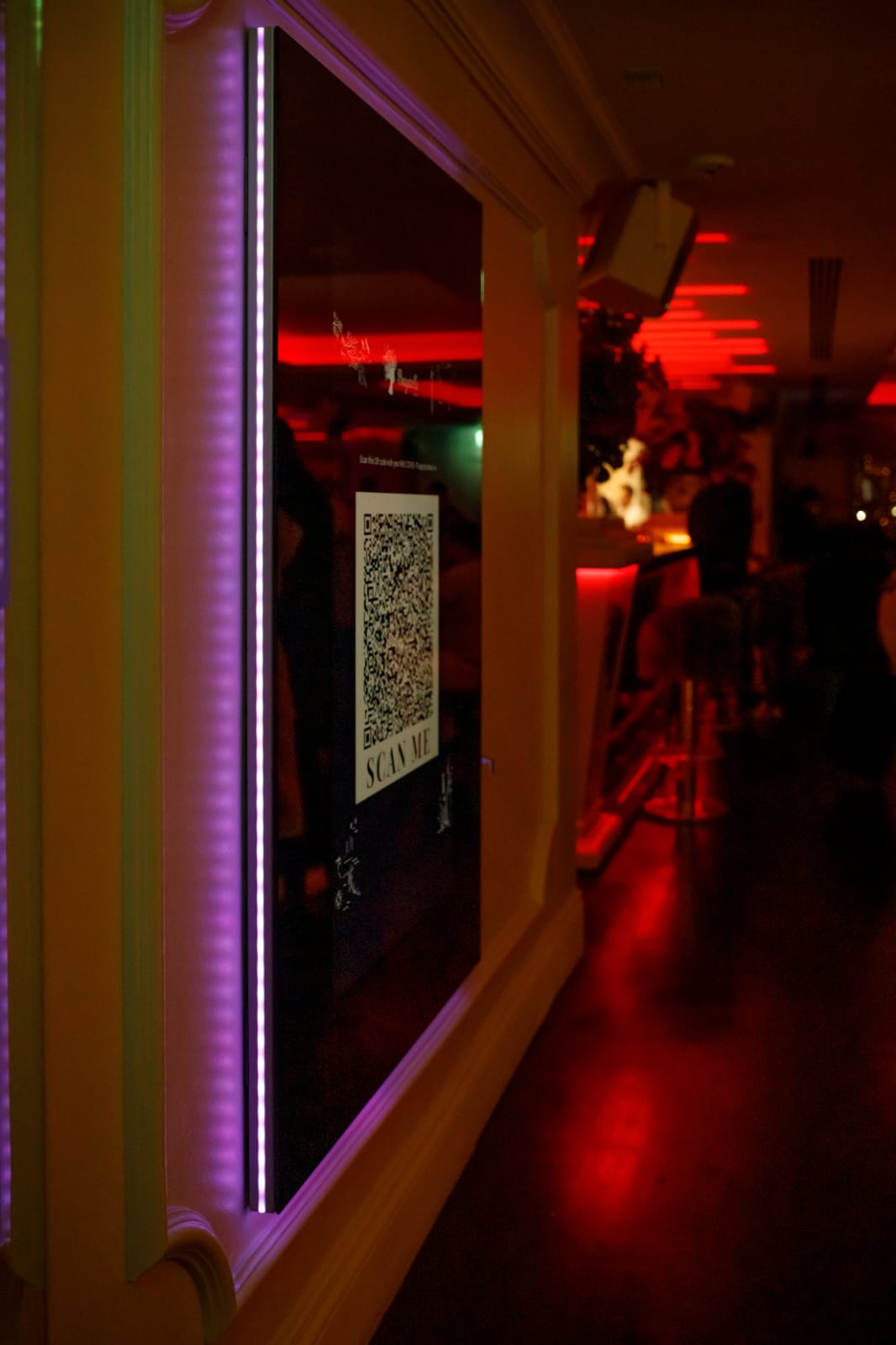Barbara Jarabik discussing about luxury brands advertising methods after Covid-19 pandemic: Marketing luxury brands can be a challenge, as there is often a fine line between creating an image of exclusivity and making the brand seem unattainable. So, what are the key components of a successful luxury marketing strategy? Here are ten tips that will help you reach luxury consumers without compromising your brand identity: Keep it simple. Luxury brands should avoid using too many words or complex images in their marketing materials. The goal is to convey a feeling of sophistication and exclusivity, not to overwhelm potential customers with information.

Use influencers to make products go viral: Did you know that 39% of brands plan to increase their budget for influencer marketing? You should, too. Influencer marketing is one of the most cost-effective advertising strategies you can invest in. You can pay a social media influencer or another brand with a large loyal audience to promote your product. This can easily have a much better ROI and cost-effectiveness than PPC or many other approaches to marketing a luxury business. The key is to find influencers who share similar values and target audiences. Otherwise, you will be advertising to the wrong group of people and won’t see much results from your campaign.
In Jonah Berger’s book, Contagious, he explains that one of the main reasons why people talk about things, and spread word of mouth (online or offline) is to display the traits that they want others to see in them. Charities, for example, are one of the most liked categorises of pages on Facebook. While some of this can be explained by altruism, it’s been found that the main driver for liking a charity on Facebook is to show others that you’re charitable. Because one of the primary motivations for buying luxury goods is to display status, brands can take advantage of this by creating and publishing content that, when others share, will make them look stylish, smart, or cool to their friends.
For the majority of search marketers, Google advertising is the be-all-end-all. Bing and other networks (Yahoo Gemini among them) tend to exist in their arsenal complementarity, if at all. Generally speaking, this is a bad idea. For luxury brands, it’s a cardinal sin. According to Bing, nearly one third of its audience has a household income of $100,000 or more. What does that 30% mean, exactly? 160 million unique searchers. 5 billion monthly searches. But perhaps most important to your business is the fact that Bing allows you to reach 59 million people who aren’t reached on Google. Yes, for the most part clicks on Bing are cheaper than they are on AdWords. This is awesome. But the network’s real value is the fact that you can get an additional 118 million eyeballs (a third of which have are attached to six-figure incomes) on your luxury goods.

Generally speaking, luxury brand websites are very stylish, but perform poorly when it comes to user experience and functionality. Take Dom Perignon’s website for example. Once you’ve completed a non-essential age verification page, you enter a slow loading flash site that takes about 13 seconds on a high-speed Internet connection to load. If you’re still around, you reach a website that’s very difficult and confusing to navigate. The Chanel website is very similar in that, while the colours and visuals are nice, the design is so unintuitive that it’s almost impossible to find what you’re looking for, let alone buy anything. Discover additional details at Jarábik Barbara.
Digital signage mirrors are another way for luxury brands to advertise efficiently : The entire digital signage mirrors market was valued at USD 780 million in 2021. The global market is expected to grow steady at a CAGR of 12.21% to reach USD 910 million by 2023. Digital signage mirrors can vastly improve individual efficiency by choosing outfits as per weather updates while also offering bus and train schedules (including traffic updates). Digital signage mirrors in smart homes, planes, commercial spaces, hotels, etc. are designed to be connected to users as well as with different devices around. Energy efficiency is one of the major advantages that will drive the adoption of digital signage mirrors.
